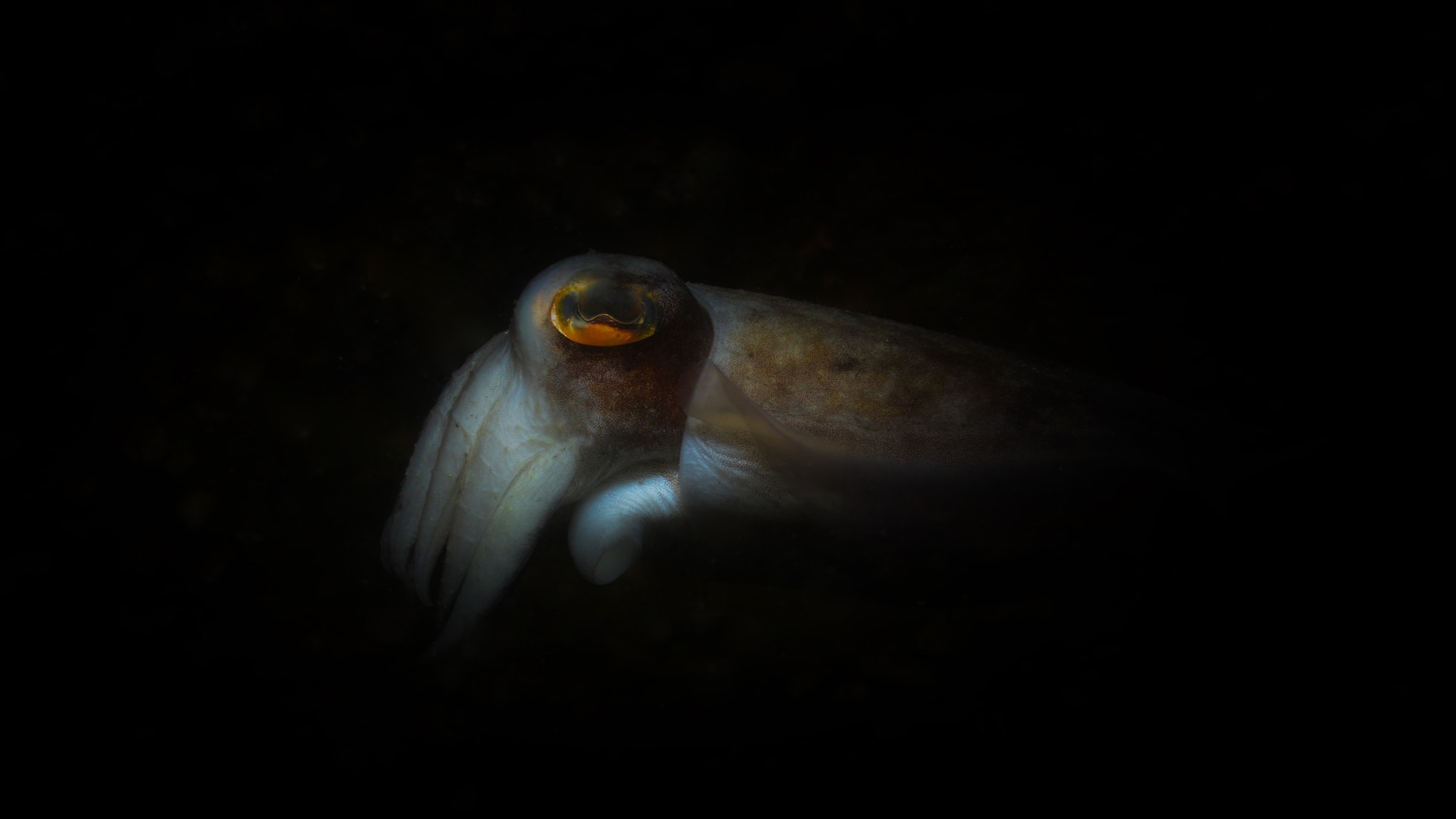

Cuttlefish are smart, crafty critters that have long fascinated scientists. They’re masters of disguise, creative problem solvers, and they wear their feelings on their skin. On top of all that, they have cool-looking eyes and incredible sight. With w-shaped pupils, a curved retina, and a special arrangement of cells that respond to light, they have stellar 3D vision, great perception of contrast, and an acute sensitivity to polarized light. This vision system allows these creatures to hunt in underwater environments where lighting is often uneven or less than optimal. And for an international team of roboticists wanting to create machines that can see and navigate in these same conditions, they’re looking to nature for inspiration on artificial vision.
In a new study published this week in Science Robotics, the team created an artificial vision design that was inspired by cuttlefish eyes. It could help the robots, self-driving vehicles, and drones of the future see the world better.
“Aquatic and amphibious animals have evolved to have eyes optimized for their habitats, and these have inspired various artificial vision systems,” the researchers wrote in the paper. For example, imaging systems have been modeled after the fish eyes with a panoramic view, the wide-spectrum vision of mantis shrimp, and the 360-field-of-view of fiddler crab eyes.
[Related: A tuna robot reveals the art of gliding gracefully through water]
Because the cuttlefish has photoreceptors (nerve cells that take light and turn it into electrical signals) that are packed together in a belt-like region and stacked in a certain configuration, it’s good at recognizing approaching objects. This feature also allows them to filter out polarized light reflecting from the objects of interest in order to obtain a high visual contrast.
Meanwhile, the imaging system the team made mimics the unique structural and functional features of the cuttlefish eye. It contains a w-shaped pupil that is attached on the outside of a ball-shaped lens with an aperture sandwiched in the middle. The pupil shape is intended to reduce distracting lights not in the field of vision and balance brightness levels. This device also contains a flexible polarizer on the surface, and a cylindrical silicon photodiode array that can convert photons into electrical currents. These kinds of image sensors usually pair one photodiode to one pixel.
“By integrating these optical and electronic components, we developed an artificial vision system that can balance the uneven light distribution while achieving high contrast and acuity,” the researchers wrote.
In a small series of imaging tests, the cuttlefish-inspired camera was able to pick up the details on a photo better than a regular camera, and it was able to fairly accurately translate the outlines of complex objects like a fish even when the light on it was harsh or shone at an angle.
The team notes that this approach is promising for reducing blind spots that most modern cameras on cars and bots have trouble with, though they acknowledge that some of the materials used in their prototype may be difficult to fabricate on an industrial level. Plus, they note that “there is still room for further improvements in tracking objects out of sight by introducing mechanical movement systems such as biological eye movements.”
